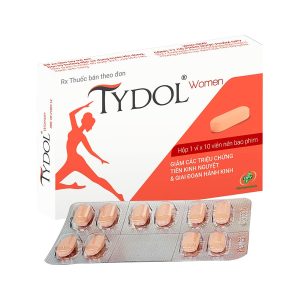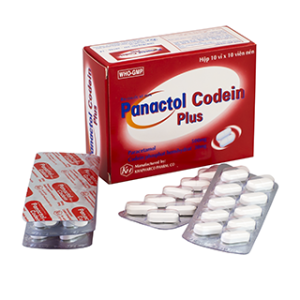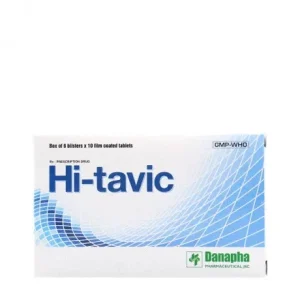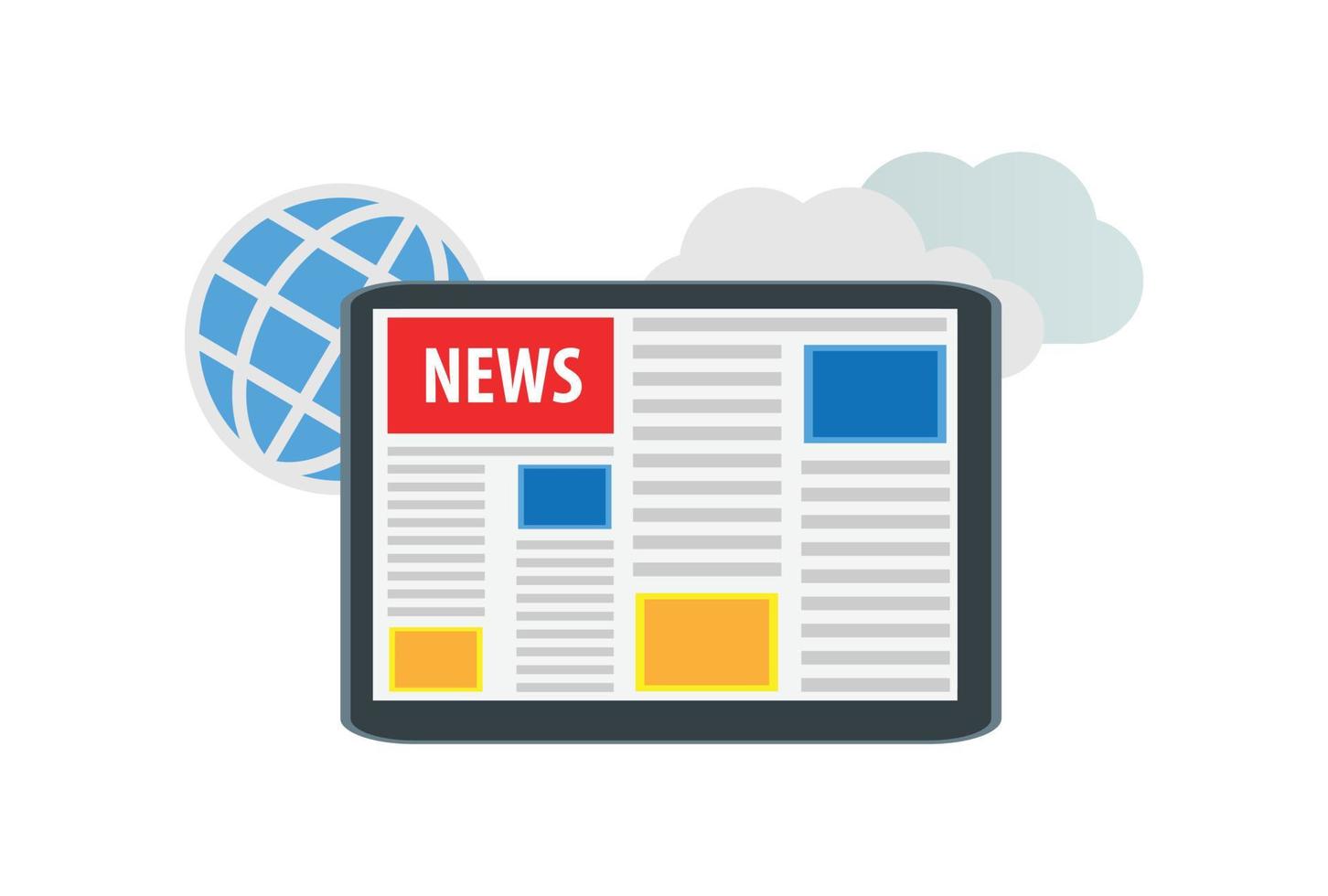We deliver to you every day from 7:00 to 23:00
The best discounts this week
Every week you can find the best discounts here.
How Do I Treat Back Pain From Lifting?
Back pain from lifting is one of the most common complaints among individuals who engage in physical labor, sports, or even everyday tasks like moving furniture or picking up heavy objects. Whether you’re dealing with a pulled muscle, a strain, or more severe injuries, it’s important to understand how to treat back pain effectively to avoid further complications. In this guide, we’ll explore the causes, treatment options, and prevention tips to help you manage back pain from lifting.

What Causes Back Pain from Lifting?
Back pain from lifting typically occurs when you lift an object improperly, too quickly, or without proper support. The back is a complex structure made up of muscles, ligaments, bones, and discs, and improper lifting can strain or injure any of these components. The most common causes include:
-
Muscle Strain: When you lift too much weight or twist awkwardly, it can strain the muscles in your back, causing pain and stiffness.
-
Herniated Disc: In some cases, lifting with poor form can cause one of the discs in your spine to slip or bulge, leading to nerve compression and severe pain.
-
Ligament Sprain: Overstretching the ligaments in your back can also result in pain and limited mobility.
Understanding the cause of your back pain is the first step toward effective treatment.
How to Treat Back Pain from Lifting
Treatment for back pain varies depending on the severity of the injury. Fortunately, most cases of back pain from lifting can be managed at home with self-care techniques. Here are some effective treatments to consider:
1. Rest and Avoid Straining Movements
The first step when experiencing back pain is to rest. Avoid activities that strain your back further, such as lifting or bending. However, prolonged bed rest can make the pain worse, so aim to rest while staying mobile and gentle. Light walking or stretching can help prevent stiffness and promote healing.
2. Apply Ice and Heat Therapy
For the first 48 hours after the injury, apply ice to the affected area. Ice helps reduce inflammation and numbs the pain. After the initial 48 hours, switch to heat therapy, such as a heating pad or warm compress. Heat helps relax tight muscles and improve blood circulation to the area.
3. Over-the-Counter Pain Relievers
Non-prescription pain relievers like ibuprofen or acetaminophen can help manage pain and reduce inflammation. Be sure to follow the recommended dosages and consult with your doctor if you need them for an extended period.
4. Gentle Stretching and Mobility Exercises
Once the acute pain starts to subside, you can begin gentle stretching and mobility exercises. Focus on stretches that target the lower back, hips, and legs. Be cautious not to push yourself too hard, and stop if you feel any sharp pain. Yoga and pilates exercises can also be beneficial in strengthening and stretching your muscles, reducing the likelihood of future injuries.
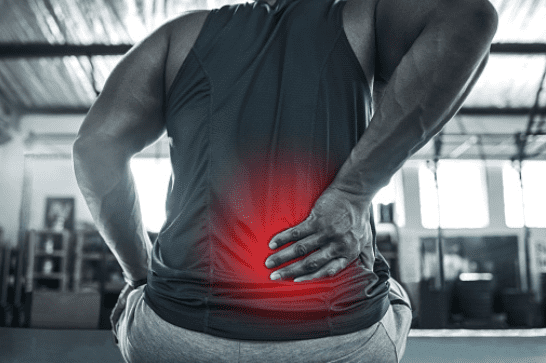
5. Use Proper Posture and Lifting Techniques
When you are ready to return to lifting, it is crucial to use proper posture and techniques to avoid aggravating your back. Always bend your knees, not your back, when lifting heavy objects. Keep the object close to your body, and use your legs to lift, not your back. Proper posture ensures that you’re distributing the weight evenly and minimizing the stress on your spine.
6. Consider Physical Therapy
If your back pain persists or is particularly severe, physical therapy might be a good option. A physical therapist can guide you through exercises designed to strengthen the muscles in your back, improve your flexibility, and restore proper movement patterns. Physical therapy can also teach you how to avoid future injuries by correcting your lifting posture.
Preventing Back Pain from Lifting
Preventing back pain is always better than dealing with it after the fact. Here are some strategies to help prevent back injuries from lifting:
1. Strengthen Your Core Muscles
Your core muscles (abdominals, obliques, and lower back) provide support for your spine. Strengthening these muscles helps create a solid foundation, reducing the risk of strain when lifting. Incorporate exercises like planks, squats, and deadlifts into your routine to build core strength.
2. Warm-Up Before Lifting
Before lifting anything heavy, make sure to warm up your body. Perform a light cardio routine for 5-10 minutes to get your blood flowing. Follow this with some dynamic stretches, particularly for your lower back and legs, to prepare your muscles and joints for the effort.
3. Use Lifting Aids When Necessary
If you need to lift extremely heavy items, consider using lifting aids such as back support belts or lifting straps. These tools can provide additional stability and help you maintain proper posture while lifting. However, they should not be a substitute for correct lifting techniques.

4. Take Breaks and Avoid Overexertion
When lifting for an extended period, take regular breaks. Overexertion can put excessive strain on your back, increasing the likelihood of injury. If you’re working in a job that requires frequent lifting, ensure you have enough time to rest and recover throughout the day.
5. Focus on Flexibility
Maintaining flexibility is important for preventing muscle strains and improving your range of motion. Regular stretching and flexibility exercises can reduce muscle stiffness and improve your ability to lift correctly without putting undue pressure on your back.
When to See a Doctor
While most back pain from lifting can be managed with home treatment, there are situations when you should seek professional medical help. Visit a healthcare provider if:
-
The pain is severe or doesn’t improve after a few days of self-care.
-
You experience numbness, tingling, or weakness in your legs.
-
You have trouble controlling your bladder or bowels.
-
The pain radiates down one or both legs, especially if it extends below your knee.
These could be signs of more serious conditions such as a herniated disc or nerve compression, which may require more specialized treatment.
FAQs About Back Pain from Lifting
1. Can lifting with poor posture cause long-term damage?
Yes, improper lifting techniques can cause long-term damage to your back, including chronic pain, muscle imbalances, and herniated discs. It’s important to always use proper posture and lifting techniques to prevent these issues.
2. Is it okay to lift with back pain?
If you experience mild back pain, you can continue lifting, but only if you use proper form and avoid heavy weights. However, if the pain is severe, it’s best to rest and recover before lifting again.
3. How can I know if my back pain is serious?
If your back pain is accompanied by other symptoms such as numbness, tingling, or weakness in the legs, or if you experience bladder or bowel issues, seek medical attention immediately. These could be signs of nerve damage or other serious conditions.
4. Can physical therapy help with chronic back pain from lifting?
Yes, physical therapy can be very effective for treating chronic back pain. A physical therapist can create a personalized plan to strengthen your back muscles, improve your posture, and help you return to normal activities.
Conclusion
Back pain from lifting is a common issue, but with the right approach, it can be managed and prevented. By following proper lifting techniques, strengthening your core, and using heat and ice therapy, most cases of back pain can be treated successfully. If you experience persistent or severe pain, don’t hesitate to consult a healthcare provider. With the right treatment and precautions, you can return to a pain-free life and continue enjoying all the activities you love.
For more tips on health and wellness, or to explore automation tools for various platforms, visit DUYTHIN.DIGITAL.


